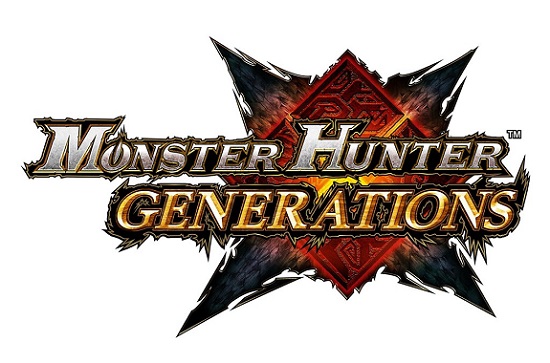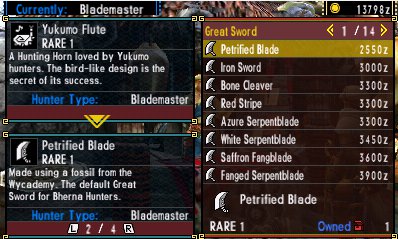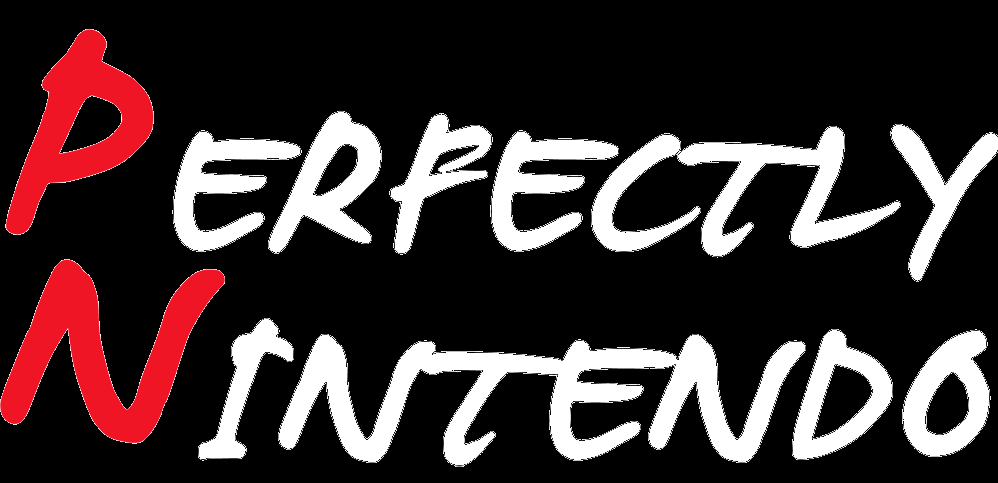Monster Hunter Generations: localisation blog post #1 (Title and Process)
 With both Monster Hunter 3 Ultimate and Monster Hunter 4 Ultimate, Capcom published regular blog posts over at Capcom Unity, in order to talk about the localisation process of both games. They detailed how the name of monsters were translated (sometimes talking about the translations in other languages than English), the kind of issues they ran up against when localising the game, and more.
With both Monster Hunter 3 Ultimate and Monster Hunter 4 Ultimate, Capcom published regular blog posts over at Capcom Unity, in order to talk about the localisation process of both games. They detailed how the name of monsters were translated (sometimes talking about the translations in other languages than English), the kind of issues they ran up against when localising the game, and more.
if you like those blog posts, you will be glad to learn that they’re back for Monster Hunter Generations. To read the very first one, simply click here!
It looks like this time around, the blog posts will be written by Marco Bombasi (Localisation Director), from Capcom Global R&D department in Japan. He worked on titles such as Asura’s Wrath, and Dragon’s Dogma: Dark Arisen. He was Content Director and Translation Lead for Monster Hunter 4 Ultimate.
Localising a game such as Monster Hunter Generations was no easy task, but thanks to the standards estalished with Monster Hunter 4 Ultimate, they had a solid foundation to start with. The first thing they had to deal with: the title. In Japan, the game is called Monster Hunter X. The X doesn’t stand for 10, or even the letter X, but instead “Cross”.
Unsurprisingly, they had to change that for the western version, and they were given some conditions to follow:
- Needs to match the game content
- Must be clear that it is not a numbered entry in the series
- Needs to be understandable in North American and European regions without translation
They consulted with the staff at Capcom Europe and Capcom USA, in order to see what would work best for both regions. They came up with titles such as “Monster Hunter Tribute” and “Monster Hunter Unity”, but they ended up going with Monster Hunter Generations because it sums up the game nicely (it encompasses content from various games in Monster Hunter history).
Monster Hunter Generations is packed with content, and features monsters, locations, and NPC from unlocalised entries in the series. Fans from Europe and North America will be able to discover those for the first time, in English!
Naturally, this “legacy” content meant one thing: legacy text to polish in order to bring it up to the modern standards established with Monster Hunter 4 Ultimate (since not all games had the same character limits, and the same localisation standards). It took them roughly three weeks to sift through all this legacy text, in order to polish it.
Marco Bombasi also talks about another tricky aspect of localisation: the UI. Since it was redesigned for Monster Hunter Generations, a lot of the text from Monster Hunter 4 Ultimate wouldn’t fit. They thought of asking the developers to increase the UI size, or decrease the font size, but both options proved inappropriate. In the end, they had no choice but to shorten some of the text (only about 5% of the legacy text ended up exceeding the character limit).
 Click here to read the full localiation blog post, for some extra details!
Click here to read the full localiation blog post, for some extra details!
Monster Hunter Generations (3DS) comes out on July 15th in Europe and North America.
